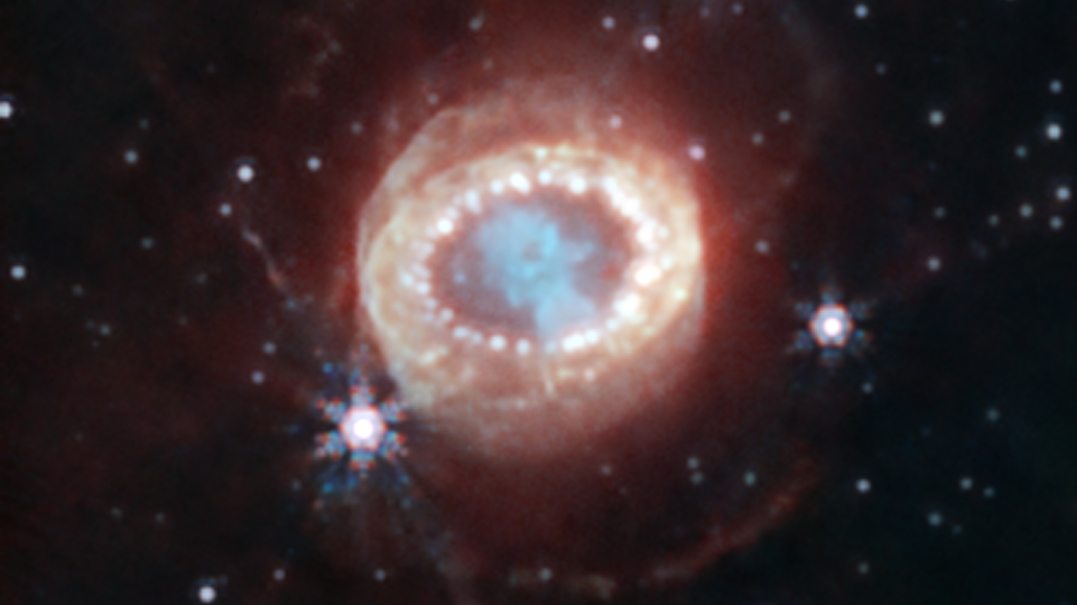James Webb Space Telescope Reveals Supernova Remnant: Unprecedented Resolution in Supernova 1987A’s Aftermath

Image of Supernova Remnant (Photo: Space)
James Webb Space Telescope Unveils Unprecedented Details of Supernova Remnant 1987A’s Evolution
According to the Space article, the James Webb Space Telescope (JWST) has recently captured a highly detailed image of the remnants of a star that exploded 36 years ago. Equipped with its Near Infrared Camera (NIRCam), the JWST has achieved an unprecedented level of resolution, providing fresh insights into the changing supernova remnant.
This celestial event, recognized as Supernova 1987A and a remarkable supernova remnant, is the closest observed supernova since Kepler’s Supernova in 1604. Discovered in 1987, it originated in the Large Magellanic Cloud, located approximately 168,000 light-years away from Earth. Supernova 1987A marked the dramatic conclusion of a massive blue supergiant star called Sanduleak–69 202, boasting a mass approximately 20 times that of our Sun.
READ ALSO: 31 Year Old Suspect Of Uber Crash In South L.A. Was On Probation For Murder Case
Supernova Remnant’s Shockwaves and Hidden Secrets Revealed
According to the TS2 article, the supernova’s incredible brightness, visible to the naked eye in the southern hemisphere, captivated global astronomers. Led by Mikako Matsuura from Cardiff University, a study employed the JWST to investigate the supernova remnant’s expanding shockwave, revealing intriguing details such as its collision with a circumstellar debris ring, forming bright clusters within the supernova remnant.
Additionally, the research unveiled mysterious rings and crescents, potentially arising from interactions with pre-supernova emissions or jets from an unseen neutron star. The JWST’s ongoing monitoring of the supernova remnant promises further insights into its evolution and the search for the hidden neutron star, supported by indirect evidence from X-ray observations and ALMA data.
READ ALSO: Early Heart Attack Care: Early Detection To Reduce The Risk Of Early Heart Attack









